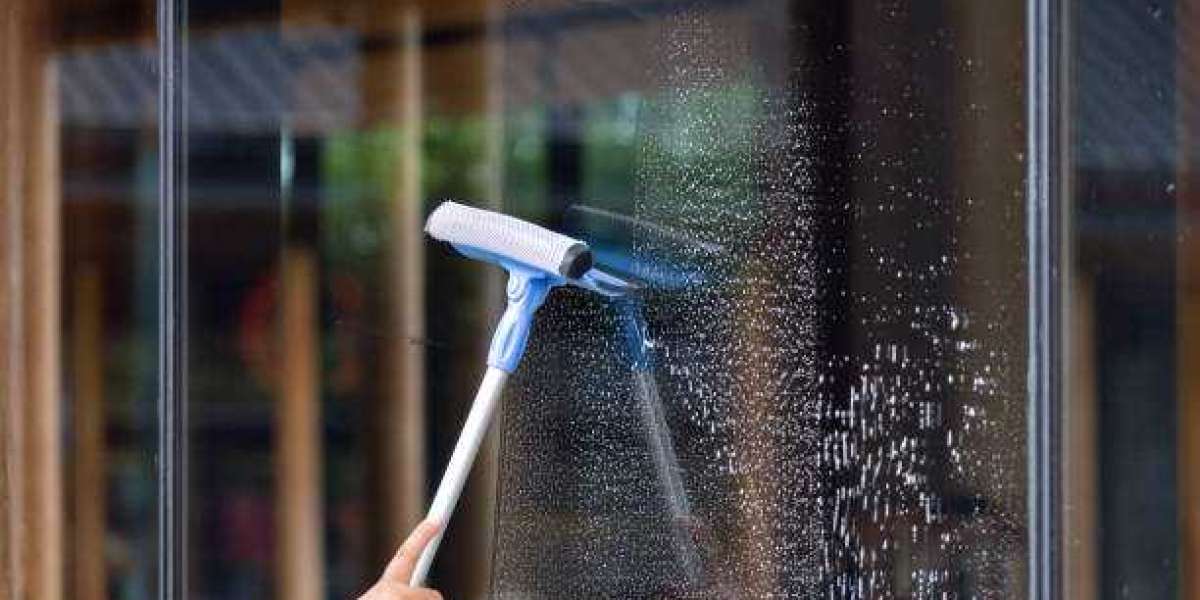Cracks in your asphalt driveway or parking lot may seem minor at first, but ignoring them can lead to serious structural issues and costly repairs later. Over time, water infiltration, temperature changes, and UV exposure worsen small cracks, creating potholes and surface deterioration. Early asphalt crack repair not only extends the lifespan of your pavement but also maintains curb appeal and safety. Proactive maintenance ensures smoother surfaces and prevents extensive resurfacing expenses. For homeowners and property managers, timely attention to cracks is a smart investment that saves thousands in the long run.
When it comes to professional-grade services and reliable pavement care, Asphalt Now provides durable, high-quality solutions for lasting results.
Understanding Asphalt Crack Repair
Asphalt crack repair is the process of sealing or filling surface breaks in asphalt pavements to prevent moisture and debris from penetrating beneath the surface. These cracks can occur due to various factors such as temperature fluctuations, heavy traffic, poor drainage, or natural aging of the pavement. Repairing cracks early halts the cycle of damage that leads to potholes, base erosion, and structural instability.
The procedure typically involves cleaning the cracks, removing debris, and filling them with specialized sealants that expand and contract with temperature changes. This flexible material ensures a watertight bond, protecting the asphalt’s sub-base from erosion and oxidation.
Why Fixing Asphalt Cracks Early Matters
1. Prevents Water Damage
Water is the greatest enemy of asphalt. Once it seeps into cracks, it weakens the base layer and leads to alligator cracking, potholes, and heaving. Early asphalt crack repair creates a waterproof barrier that stops water from penetrating and freezing beneath the surface—avoiding the expensive consequences of structural breakdown.
2. Extends Pavement Lifespan
A well-maintained asphalt surface can last up to 20 years or more. Routine crack sealing and prompt repairs slow down the deterioration process by preventing oxidation and raveling. Addressing small cracks early can significantly extend the life of your asphalt, delaying the need for complete resurfacing or replacement.
3. Saves Thousands in Long-Term Costs
Repairing a few small cracks costs only a fraction of what you’d pay for major reconstruction or full-depth patching. Preventive asphalt crack repair can reduce long-term pavement expenses by up to 75%, making it one of the most cost-effective maintenance investments for both residential and commercial properties.
4. Maintains Curb Appeal and Safety
Cracked, uneven pavement not only looks unsightly but can also pose safety hazards to pedestrians and vehicles. Smooth, well-maintained asphalt enhances your property’s curb appeal, boosts value, and reflects positively on your business or home.
5. Reduces Liability Risks
Neglected pavement with deep cracks and potholes can cause trips, falls, and vehicle damage—leading to potential legal liabilities. Regular asphalt crack repair helps prevent accidents and ensures your property meets safety standards, reducing your exposure to costly claims.
Types of Asphalt Cracks You Should Repair Early
Different types of cracks require different repair methods. Recognizing them early helps determine the best treatment.
1. Alligator Cracks
These interconnected cracks resemble reptile skin and indicate underlying structural failure. They require patching or resurfacing, not just surface sealing.
2. Linear or Longitudinal Cracks
Running parallel to the pavement, these are often caused by poor joint construction or sub-base movement. Sealing them quickly prevents water intrusion.
3. Transverse Cracks
These run perpendicular to the pavement’s centerline and are typically caused by temperature fluctuations. Prompt sealing helps prevent widening and deepening.
4. Edge Cracks
Found near the edges of driveways or roads, these form due to poor drainage or lack of shoulder support. Repairing them early prevents spreading and edge failure.
5. Block Cracks
Appearing in square or rectangular patterns, block cracks occur from aging asphalt and lack of flexibility. Sealcoating and crack filling are effective solutions.
The Best Time for Asphalt Crack Repair
Seasonal timing plays a crucial role in effective crack repair. The ideal time is during mild weather—spring or early fall—when temperatures range between 50°F and 75°F. This allows sealants to properly bond and expand within the cracks. Avoid repairing during extreme cold or wet conditions, as moisture and freezing can compromise adhesion.
Professional vs. DIY Asphalt Crack Repair
While DIY asphalt crack fillers are widely available, professional services deliver superior, long-lasting results. Professionals use industrial-grade materials, advanced crack cleaning equipment, and hot rubberized sealants that provide maximum flexibility and durability. They also assess the root cause of cracking, ensuring that underlying issues are resolved before sealing.
Homeowners who opt for professional asphalt crack repair benefit from a uniform finish, stronger protection, and an extended pavement lifespan—far beyond what basic DIY kits can achieve.
How Regular Maintenance Protects Your Investment
Routine pavement maintenance is essential for preventing cracks from returning. Annual sealcoating, timely crack filling, and regular inspections keep asphalt surfaces resilient against UV rays, moisture, and traffic wear. By incorporating asphalt crack repair into your maintenance plan, you protect your investment, ensuring that your driveway or parking lot remains safe and attractive for years to come.
For long-term protection and professional expertise, property owners can rely on Asphalt Now, a trusted name for comprehensive asphalt maintenance and restoration services designed to maximize pavement life and value.
FAQs
1. What causes asphalt cracks to form?
Asphalt cracks form due to water penetration, temperature fluctuations, heavy loads, poor drainage, and natural aging of the pavement surface.
2. How often should I repair asphalt cracks?
Inspect your asphalt annually and repair any cracks wider than 1/8 inch. Routine sealing every 2–3 years also helps prevent new cracks from forming.
3. Can I repair asphalt cracks in winter?
Cold temperatures and moisture affect sealant adhesion. It’s best to schedule repairs during spring or fall when weather conditions are moderate.
4. How long does asphalt crack repair last?
With quality materials and proper maintenance, asphalt crack repairs can last 3–8 years before reapplication is needed.
5. Is asphalt crack repair environmentally friendly?
Yes. Repairing cracks early minimizes the need for full resurfacing, reducing waste, material consumption, and carbon emissions associated with new asphalt production.











